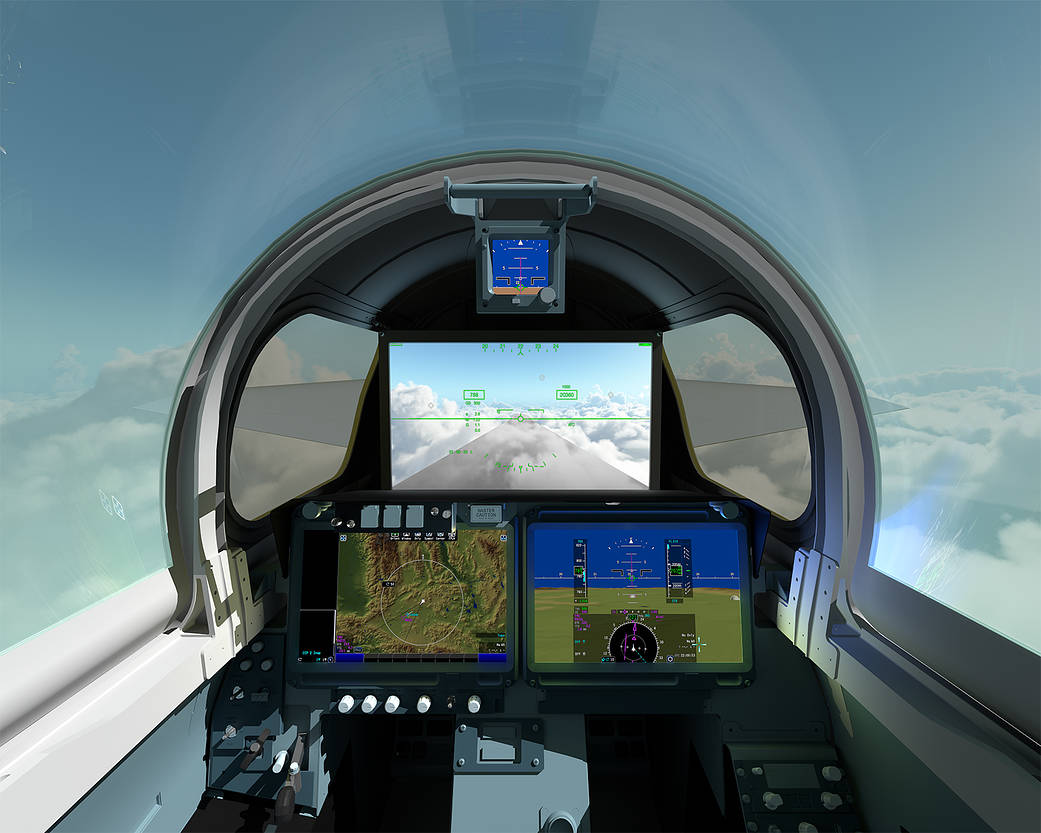美国国家航空航天局(NASA)的X-59安静超音速技术(简称QueSST)飞行员将驾驶一架不同于其他飞机的飞机,在驾驶舱中进行空中航行。X-59不会有朝前的窗户,是的,它实际上是一个4K显示器,作为中央窗口,让飞行员可以安全地看到自己飞行路线上的交通状况,并为机场进近、着陆和起飞提供额外的视觉辅助。4K显示器是飞机外部可视系统(XVS)的一部分,它显示飞机外部两个摄像头的拼接图像,结合先进计算系统的地形数据。然而,这两个入口和传统的顶篷是真正的窗户,帮助飞行员看到地平线。XVS下方的显示屏将提供各种飞机系统和轨迹数据,供飞行员安全飞行。
XVS是几种创新的解决方案之一,可以帮助确保X-59的设计形状能将音爆减弱到地面上的人听到的轻微撞击声一样小。虽然X-59并不打算搭载乘客,但X-59动臂抑制技术和社区响应数据可能有助于解除当前对陆地超音速飞行的禁令,并使新一代安静的超音速商用飞机成为可能。
The pilot of NASA’s X-59 Quiet SuperSonic Technology, or QueSST, aircraft will navigate the skies in a cockpit unlike any other. There won’t be a forward-facing window. That’s right; it’s actually a 4K monitor that serves as the central window and allows the pilot to safely see traffic in his or her flight path, and provides additional visual aids for airport approaches, landings and takeoffs. The 4K monitor, which is part of the aircraft’s eXternal Visibility System, or XVS, displays stitched images from two cameras outside the aircraft combined with terrain data from an advanced computing system. The two portals and traditional canopy are real windows however, and help the pilot see the horizon. The displays below the XVS will provide a variety of aircraft systems and trajectory data for the pilot to safely fly.
The XVS is one of several innovative solutions to help ensure the X-59’s design shape reduces a sonic boom to a gentle thump heard by people on the ground. Though not intended to ever carry passengers, the X-59 boom-suppressing technology and community response data could help lift current bans on supersonic flight over land and enable a new generation of quiet supersonic commercial aircraft. Click here to learn more.
Image Credit: NASA







